When we think of animals that dig for bugs, several species come to mind, each with unique adaptations and behaviors that make them expert bug hunters. From mammals to birds, these creatures have evolved to exploit underground habitats where insects thrive. In this article, we will explore various animals known for their digging habits, the techniques they use to find bugs, and the ecological importance of these behaviors.
badgers-eat.html">Badgers are perhaps the most well-known diggers in the animal kingdom. They belong to the family Mustelidae and are equipped with strong forelimbs and sharp claws that allow them to dig efficiently.
badgers-eat.html">Badgers primarily feed on earthworms, beetles, and other insects. They dig deep burrows to find these critters, using their keen sense of smell to locate them underground. Badgers can move significant amounts of soil in search of food, making them efficient diggers.
By digging for insects, badgers help aerate the soil and control insect populations, playing a vital role in maintaining ecological balance.
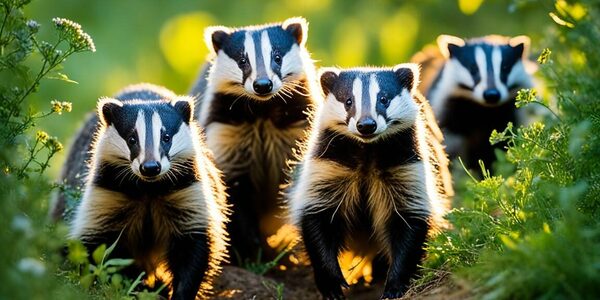
Moles are small, burrowing mammals known for their distinctive velvety fur and spade-like hands. They are expert diggers, creating extensive tunnel systems beneath the soil.
Moles primarily feed on insects, particularly grubs, earthworms, and larvae. They use their sensitive whiskers to detect movements in the soil, and their powerful front limbs help them excavate quickly.
Moles aerate the soil and improve its health by mixing organic material as they dig. Their tunneling activities also help control insect populations, contributing to a healthier ecosystem.
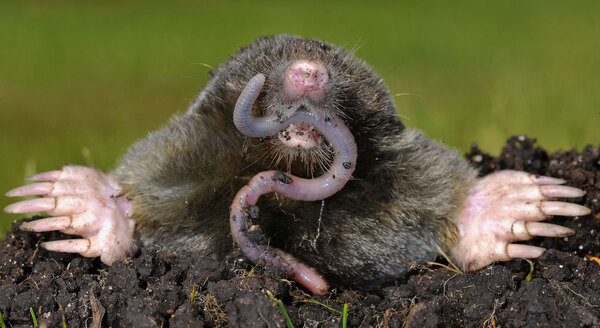
Anteaters are unique mammals known for their long snouts and specialized tongues, designed for consuming ants and termites. They are found primarily in Central and South America.
While anteaters are not traditional diggers like badgers or moles, they will dig into ant hills and termite mounds to access their food. Their powerful forelimbs and sharp claws enable them to break through tough mounds.
By feeding on ants and termites, anteaters help control these insect populations, preventing them from overpopulating and damaging local ecosystems.
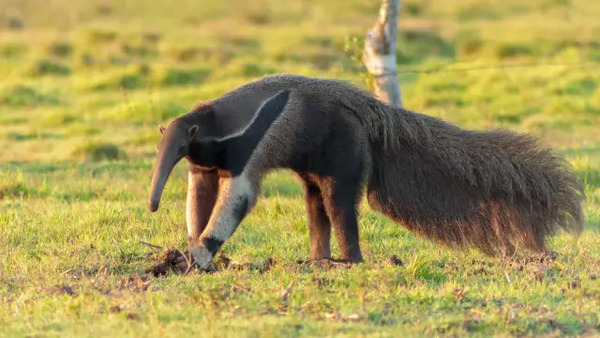
Armadillos are small to medium-sized mammals with a distinctive armored shell. They are known for their digging abilities, which they use to search for food.
Armadillos primarily feed on insects, grubs, and larvae. They dig shallow holes in the ground to unearth their prey, using their long claws to probe the soil.
Armadillos play a crucial role in pest control by feeding on insects and helping aerate the soil as they dig.
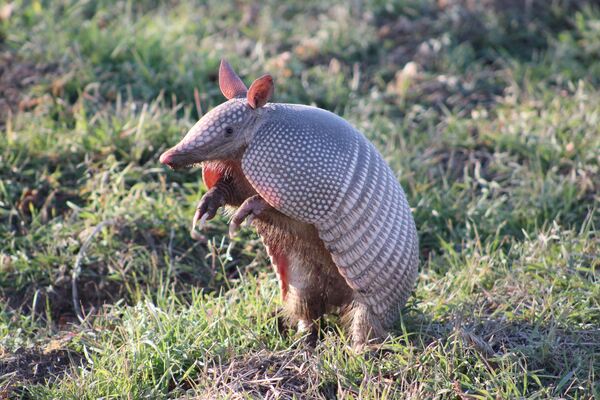
Several bird species, such as woodpeckers and flickers, are also known to dig for bugs, primarily insects hiding in trees or underground.
Woodpeckers use their strong beaks to drill into tree bark, extracting beetles and larvae hidden within. Flickers, a type of woodpecker, dig into the ground for ants and beetles, showcasing their adaptability.
These birds help control insect populations and contribute to the health of trees and soil ecosystems through their foraging habits.
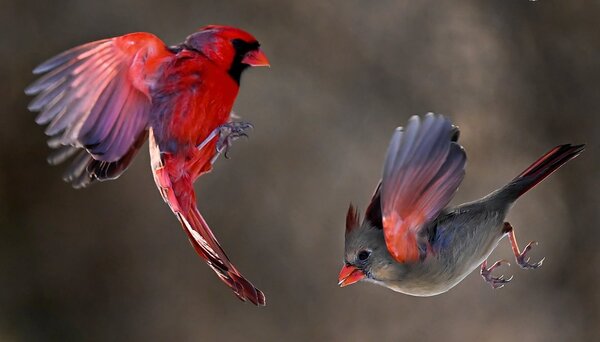
Many animals dig for bugs, each employing unique methods to uncover their hidden prey. From the powerful badger to the industrious mole, these creatures play essential roles in maintaining ecological balance. Their digging behaviors not only help control insect populations but also contribute to soil health and aeration. Understanding these fascinating digging animals highlights the intricate connections within ecosystems and the importance of biodiversity.
animal tags: Badgers
We created this article in conjunction with AI technology, then made sure it was fact-checked and edited by a Animals Top editor.